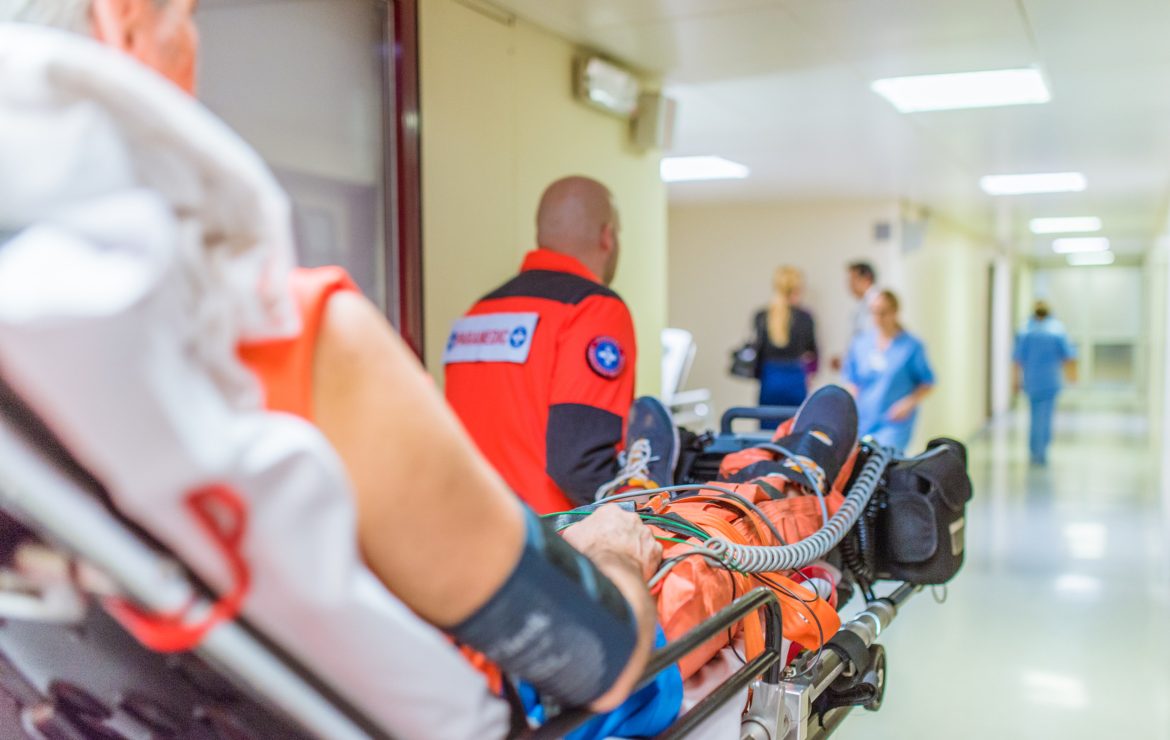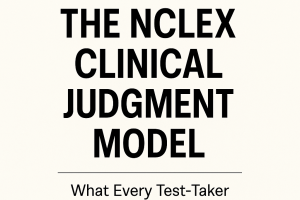Navigating Emergencies, Mass Casualties, and Disasters: A Comprehensive Guide for Nurses

In the face of emergencies, mass casualties, and disasters, nurses play a crucial role in providing immediate care, ensuring safety, and coordinating responses. The ability to respond effectively in these high-stress situations is essential for saving lives and mitigating harm. This blog post will explore the key principles of emergency response, the triage process, essential nursing interventions, and tips for preparing for and managing mass casualty incidents and disasters.
Understanding Emergencies, Mass Casualties, and Disasters
Emergencies, mass casualties, and disasters can range from natural events like hurricanes and earthquakes to man-made incidents such as terrorist attacks and industrial accidents. Each type of event presents unique challenges, but all require rapid, coordinated responses to manage the surge of patients and provide critical care.
1. Emergencies
- Description: Unplanned events that require immediate medical attention but are typically limited in scope (e.g., a car accident or a house fire).
2. Mass Casualties
- Description: Incidents that result in a large number of casualties, overwhelming local healthcare resources (e.g., plane crashes, mass shootings).
3. Disasters
- Description: Large-scale events that cause widespread damage and disrupt community services, including healthcare (e.g., natural disasters like earthquakes, pandemics).
The Triage Process
Triage is the process of prioritizing patients based on the severity of their injuries and the urgency of their need for medical care. Effective triage ensures that limited resources are used where they can do the most good.
1. Triage Categories
- Immediate (Red Tag): Life-threatening injuries requiring immediate intervention.
- Delayed (Yellow Tag): Serious but not immediately life-threatening injuries; can wait for treatment.
- Minor (Green Tag): Minor injuries; “walking wounded.”
- Expectant (Black Tag): Injuries so severe that survival is unlikely; palliative care may be provided.
2. Triage Steps
- Initial Assessment: Quickly assess airway, breathing, circulation, and level of consciousness.
- Classification: Assign triage tags based on the assessment.
- Reassessment: Continuously monitor and reassess patients as resources become available and conditions change.
Nursing Interventions in Emergencies and Disasters
Nurses must be prepared to perform a variety of interventions during emergencies and disasters. Key interventions include:
1. Airway Management
- Interventions: Clear airway obstructions, perform intubation, administer oxygen.
- Considerations: Ensure the availability of airway equipment and trained personnel.
2. Hemorrhage Control
- Interventions: Apply direct pressure, use tourniquets, administer intravenous fluids or blood products.
- Considerations: Prioritize patients with uncontrolled bleeding and use resources efficiently.
3. Fracture Stabilization
- Interventions: Immobilize fractures, apply splints, and manage pain.
- Considerations: Provide clear instructions and support to maintain immobilization.
4. Infection Control
- Interventions: Administer antibiotics, perform wound care, maintain aseptic techniques.
- Considerations: Be vigilant about infection prevention, especially in mass casualty settings where resources are stretched.
5. Psychological Support
- Interventions: Provide emotional support, facilitate communication with family, refer to mental health services.
- Considerations: Recognize the psychological impact of disasters and provide compassionate care.
Preparing for Emergencies and Disasters
Preparation is key to an effective response. Steps to prepare include:
1. Training and Drills
- Action: Participate in regular emergency preparedness drills and simulations.
- Outcome: Enhance skills and coordination among healthcare providers.
2. Emergency Plans
- Action: Develop and review hospital and community emergency response plans.
- Outcome: Ensure all staff are familiar with protocols and roles.
3. Resource Management
- Action: Maintain an inventory of emergency supplies and equipment.
- Outcome: Ensure availability of critical resources during an incident.
4. Communication Systems
- Action: Establish reliable communication channels within the healthcare team and with external agencies.
- Outcome: Facilitate timely and accurate information exchange.
Case Study and NCLEX-Style Questions
Case Study:
A large-scale earthquake has struck a metropolitan area, causing widespread damage and numerous casualties. The local hospital is overwhelmed with patients presenting a range of injuries from minor to life-threatening.
NCLEX-Style Questions:
Question 1: During triage, a patient is found with a partially amputated arm and severe bleeding. What is the appropriate triage tag for this patient?
- A. Red Tag
- B. Yellow Tag
- C. Green Tag
- D. Black Tag
Answer: A. The patient has life-threatening injuries (severe bleeding) that require immediate intervention.
Question 2: In the aftermath of the earthquake, a nurse is assigned to provide psychological support to patients. Which intervention is most appropriate for a patient showing signs of acute stress reaction?
- A. Encourage the patient to suppress their emotions.
- B. Provide a quiet and safe environment.
- C. Avoid discussing the event with the patient.
- D. Administer sedatives immediately.
Answer: B. Providing a quiet and safe environment helps the patient feel secure and supports their emotional recovery.
Conclusion
Effective response to emergencies, mass casualties, and disasters requires comprehensive preparation, rapid assessment, and coordinated care. Nurses play a pivotal role in managing these events, from triage to providing critical interventions and emotional support. By understanding the principles of emergency response and staying prepared, nurses can significantly impact patient outcomes and contribute to the overall resilience of the healthcare system.






